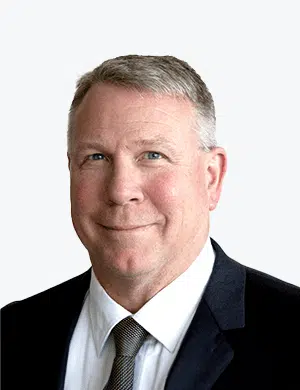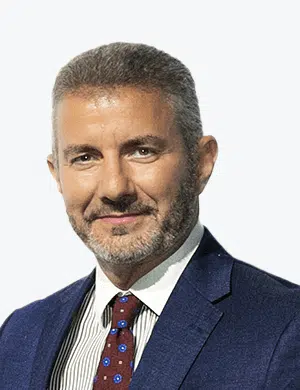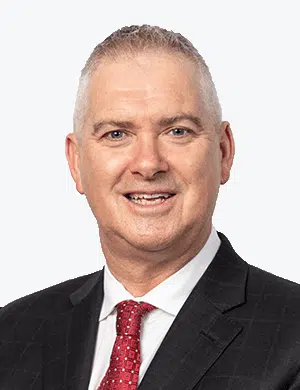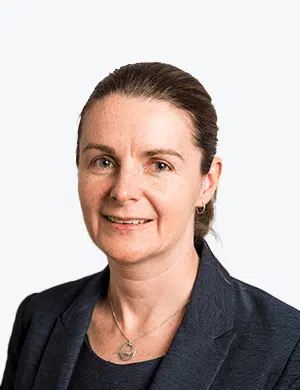When you’re young, the thought of saving for retirement may be the last thing on your mind. Few of us have a plan or understanding of where we’re heading, yet most wish to have a fulfilling lifestyle when we retire. To do this, there are key decisions and planning that need to occur throughout your life which will affect the quality of your retirement.
As the following scenario demonstrates, the earlier you start saving, the better off you’ll be.
Let’s say you saved and invested $10,000 each year for 10 years ($100,000 total) and then nothing further for 20 years. Assuming earnings of 7% (net of taxes and fees) at the end of those 30 years, your $100,000 would have grown into $553,366. Alternatively, if you waited until year 11, and then saved $10,000 for each of the next 20 years ($200,000 total), at the end of those 30 years, you would have just $424,303.
It’s interesting to see, that due to the compounding effect on returns, the key to retirement savings is not necessarily how much you invest, but the point at which you begin putting savings aside. Demonstrating there are significant better long-term results if you start as early as possible.
Working with a broad range of clients, we’ve found there are four main phases of saving for retirement, each with their own distinguisable characteristics: establishment, building, maximisation and financial independence.
Each phase is described below, together with the common age bracket for someone at that stage.
Establishment – ages 20-35
The early part of your career should be focused on investing in yourself to increase your own earning’s ability. Increasing your income at work (or in your own business) will maximise your ability to save and build a portfolio in the future.
While your main focus is on professional development, you should still be looking to make modest savings, begin paying off your home loan or start building up an investment portfolio.
Building – ages 35-45
Once your income has risen and your living needs are being met, you should be able to save much more. Building a portfolio may include simply paying down your mortgage as fast as you can, investing personally or through a family trust, or salary sacrificing to super. Having children at this stage is common. While additional costs associated with raising a family can slow the process of building, it shouldn’t derail your efforts to build wealth. As the above scenario demonstrated, consistency is key. Even small amounts put aside will benefit you towards having enough savings for your retirement.
Maximisation – ages 45-55
By now, you should aim to be debt-free and really start maximising an already strong portfolio balance. After a number of years of saving, your retirement portfolio will reach a point where the earnings within the portfolio are greater than your own savings.
Financial Independence – ages 55+
At this stage, you should be targeting a large enough savings pool that you have the ability to retire or reduce working days at your leisure. It’s important, however, that your portfolio is at least somewhat protected from market turbulences, such as another Global Financial Crisis (GFC), while maintaining enough growth investments to support you through (hopefully) 30-plus years of retirement.
As you can see, saving for retirement needs to start early but – if you can focus on the stages of establishing your career, building your portfolio, maximising your portfolio and then maintaining it through financial independence – you should be on the right path.
If you would like to discuss your retirement plan or any other financial matter, please contact a member of the William Buck team.




















